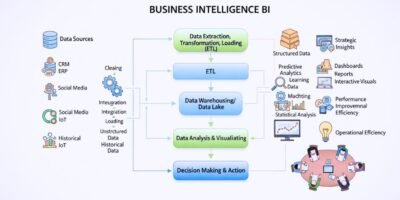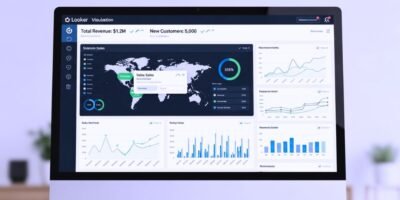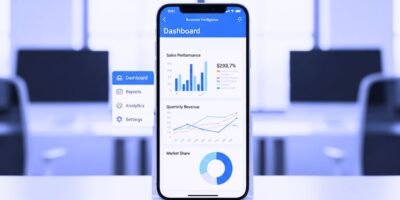We’ve all been there. Staring at a screen, trying to do a simple task on a new app or website, and feeling completely lost. You click around, growing increasingly frustrated until you finally give up. The problem isn’t you. The problem is that too much software is built by brilliant engineers who forget one crucial thing: they aren’t the ones who will use it every day. It’s time we demand a change and start building software with the actual user in mind from the very beginning.
Stop Wasting People’s Time
The most valuable thing a person has is their time. Software should respect that. Its main purpose is to solve a problem or make a task easier, not to create a new puzzle to solve. When an application is confusing, with hidden menus and unclear buttons, it disrespects the user’s time and attention. People often lack the patience to read lengthy manuals for simple tools. If they can’t figure it out in a few minutes, they’ll abandon it for a competitor’s product that just works. Good software feels effortless.
Good Design Is Good Business
Thinking about the user isn’t just a nice idea; it’s a smart business move. A happy user who can easily accomplish their goals is a loyal customer. They are more likely to recommend the software to friends and colleagues, generating free word-of-mouth marketing. On the other hand, poorly designed software leads to a surge in customer support tickets, resulting in significant costs for companies in terms of time and money. Investing in a simple, intuitive user experience pays for itself by creating a better product that people genuinely enjoy using.
Developers Aren’t the Average User
Here’s the core of the issue: the person building the software knows it intimately. They understand its logic because they created it. This phenomenon is often referred to as the “curse of knowledge.” They can’t imagine what it’s like for someone seeing it for the first time. They might think a feature is obvious when it’s buried three clicks deep. That’s why getting feedback from real, everyday users during the design process is so important. You have to watch how they use it to find the real problems.
Conclusion
Building software with the user in mind isn’t a luxury; it’s a basic requirement for success. It leads to products that are more helpful, less frustrating, and more profitable. It’s about building a bridge between the creator’s technical world and the user’s practical needs. Let’s stop celebrating complex code and start celebrating software that makes people’s lives simpler. The best technology is the kind you don’t even have to think about.













